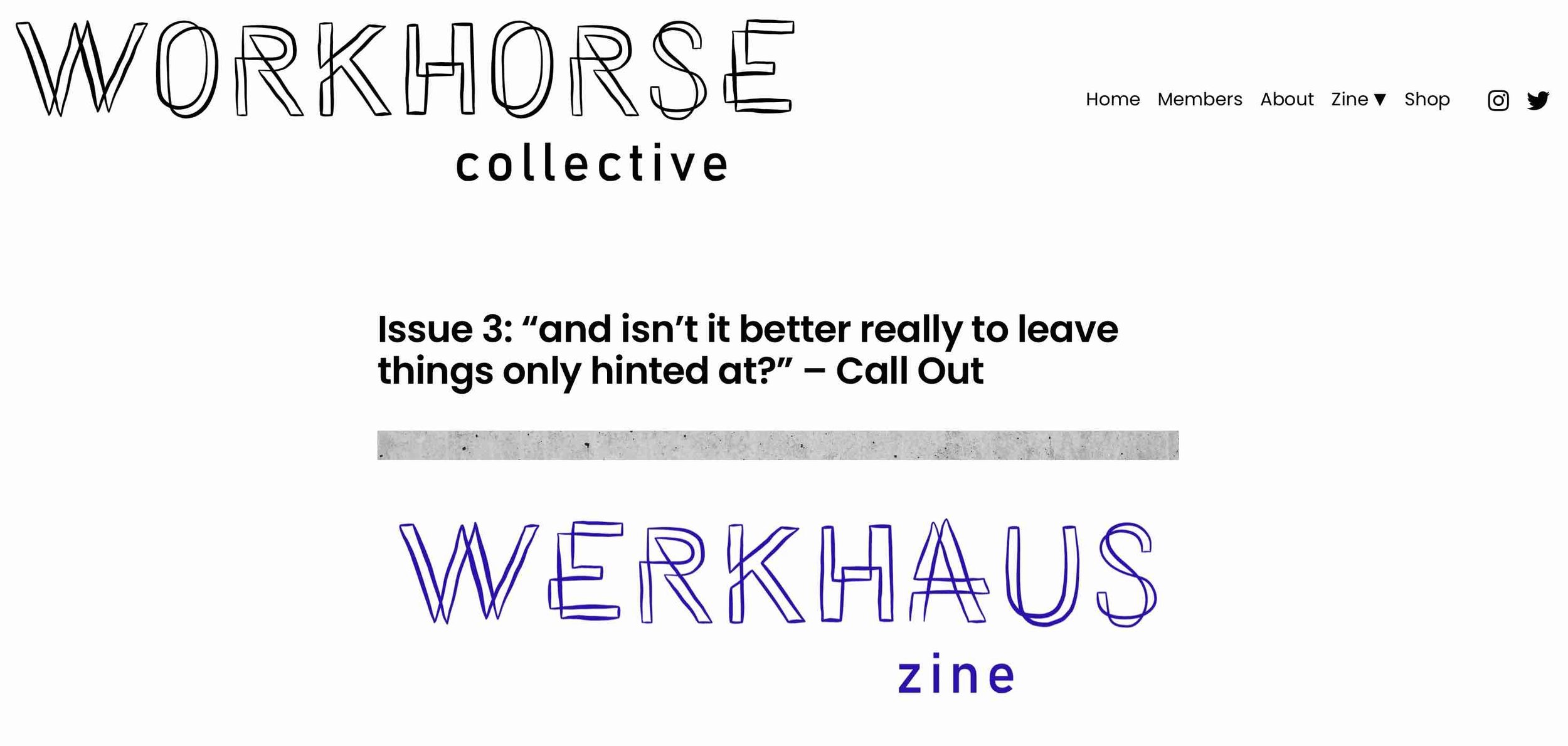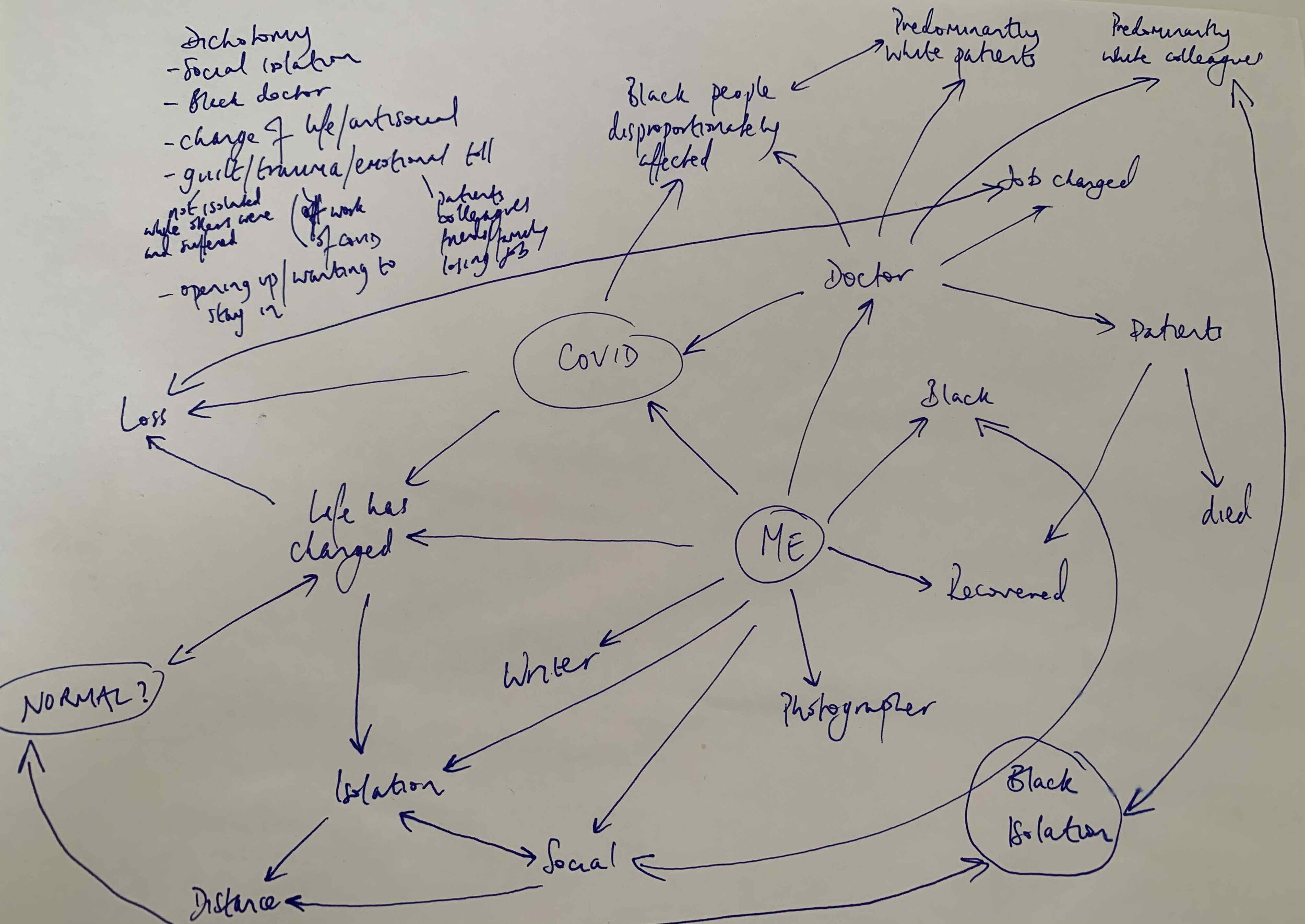As Rakim once said, it’s been a long time…
And in the interval since I last wrote this blog, one of the things that’s most occupied my thoughts is the concept of time itself.
Yep, I’m starting with an easy topic today!
Toward the end of last year I was lucky enough to participate in the PILOT III programme run by Autograph. It was a genuinely transformative experience, surrounded by incredibly inspiring practitioners and supported by expert facilitators. During the process, I was challenged to reconsider the work I’ve been making by the idea that time is in fact circular, not linear.
Being introduced to this idea sent me tumbling down a rabbit hole that’s still occupying most of my creative thoughts many months later. Ever since being captivated by the adventures of Marty McFly as a kid, the idea of time travel has always fascinated and perplexed me.
If I could travel back to the past or way into the future, which would I choose first*? Which would you choose? I’m sure many of you have asked yourselves this question at some point.
But what if the future and the past were instead all accessible from the present, existing in the same temporal plane, knowable by simply expanding your awareness beyond the narrow limitations of linear time and the oppressive inevitability of never reaching your future?
Once I started exploring these ideas, I realised how culturally-dependent our notions of time are, and how in fact there are numerous concepts of time that happily co-existed for many ages before our current paradigm became predominant.
“How do we memorialize an event that is still ongoing?”
Reflecting on these ideas has changed the way I’ve approached the work I’ve been doing with my childhood images and how I’m thinking about the story I’m telling. It’s really interesting to reconsider the wistfulness I mentioned in my last post through the lens of a different appreciation of the passage of time and an alternative view of the connection between my past, present and future selves, and so the work has taken another turn while I continue to wrangle these ideas like someone trying to contain a flock of unruly hens on a treadmill.
I challenge you to Google ‘circular time’, read the first few articles, and not be dragged into the same rabbit hole that I’m currently trapped in. For a really good introduction to alternative concepts of time, I would recommend Jay Griffiths’ excellent book Pip Pip.
Jay Griffiths’ excellent book Pip Pip
“The bad news is time flies. The good news is you’re the pilot.”
While in this process of reassessment it’s especially pleasing to have been selected to show some of this as yet unresolved work at the forthcoming New Art Exchange (NAE) Open in Nottingham. The exhibition opens on May 20th and runs till September 23rd. I’m excited to be amongst the 44 selected artists and it is set to be a really interesting show. I’d urge you to see it if you can.
Some of my work from No Way Back From Where I’ve Been will be on show at the NAE Open
In other news, the Night Moods exhibition that I curated with Shutter Hub has just under a month to run before it comes to a close. It’s been an incredible experience putting this exhibition together, and I’m really proud to have been able to showcase night photography in this way, something that’s been a passion of mine since I bought my first camera ten years ago now.
I’m also happy to have recently been awarded DYCP funding by Arts Council England to spend dedicated time developing the writing element of my practice. This is a significant milestone for me and will hopefully, at the very least, result in these blogs being a bit less painful to read!
I want to leave you with a few things that have been interesting or inspiring me recently.
the creative (Apologies to all the other artists who do this whose idea I’ve clearly stolen, but I’ve made so many creative discoveries by following these threads that I feel it’s justified…you can thank me later!)
I really enjoyed reading The Creative Act: A Way Of Being by Rick Rubin. A great way to refocus on why the pursuit of creativity matters and a reminder to keep the main things the main things.
Still: A Michael J. Fox Movie is a must see for people like me who grew up loving the work of the man behind Marty McFly. Also worth watching for an insight into the way Parkinson’s disease affects people, and the way people respond to and live with progressive and chronic illness.
This live performance of Stakes Is High by De La Soul (and The Roots) was legendary. After you’ve watched this, do yourself a favour and go ahead and listen to the whole Stakes Is High album (then the rest of De La’s discography, which is now available everywhere!). The fact their music has now been opened up to new audiences is one of the best things about this year so far.
Till next time…
*future, 100%!























